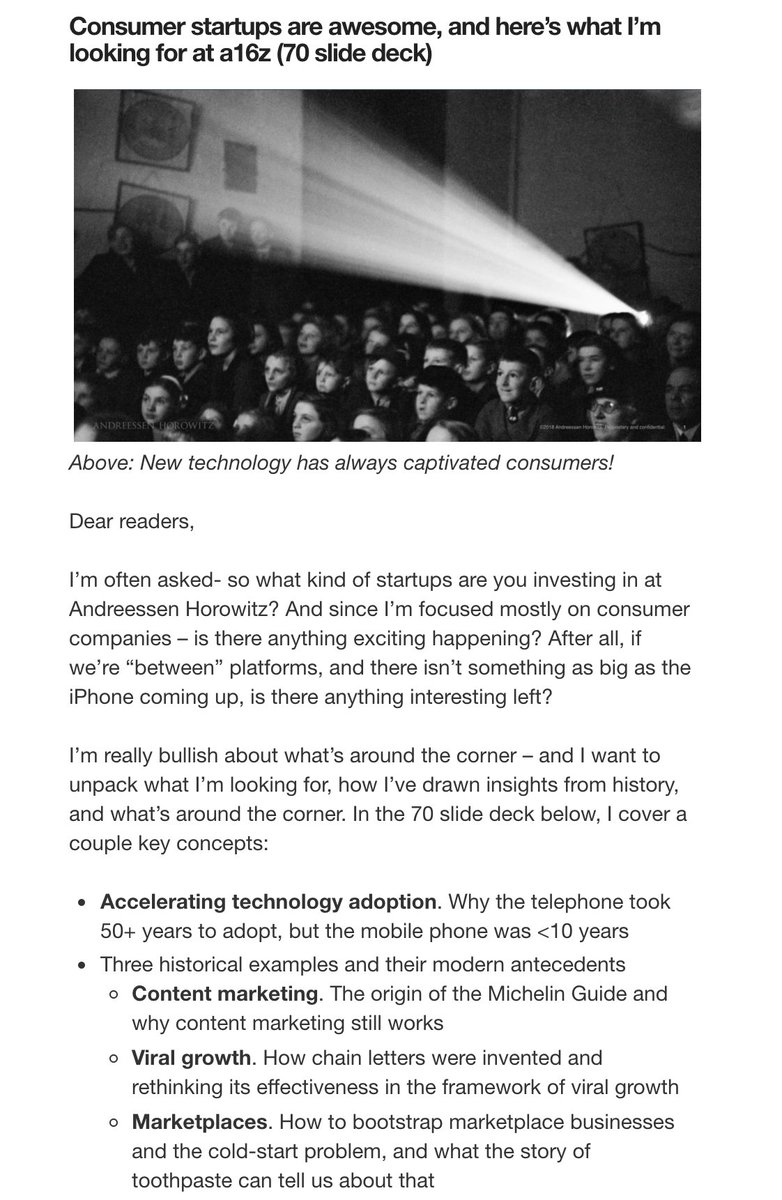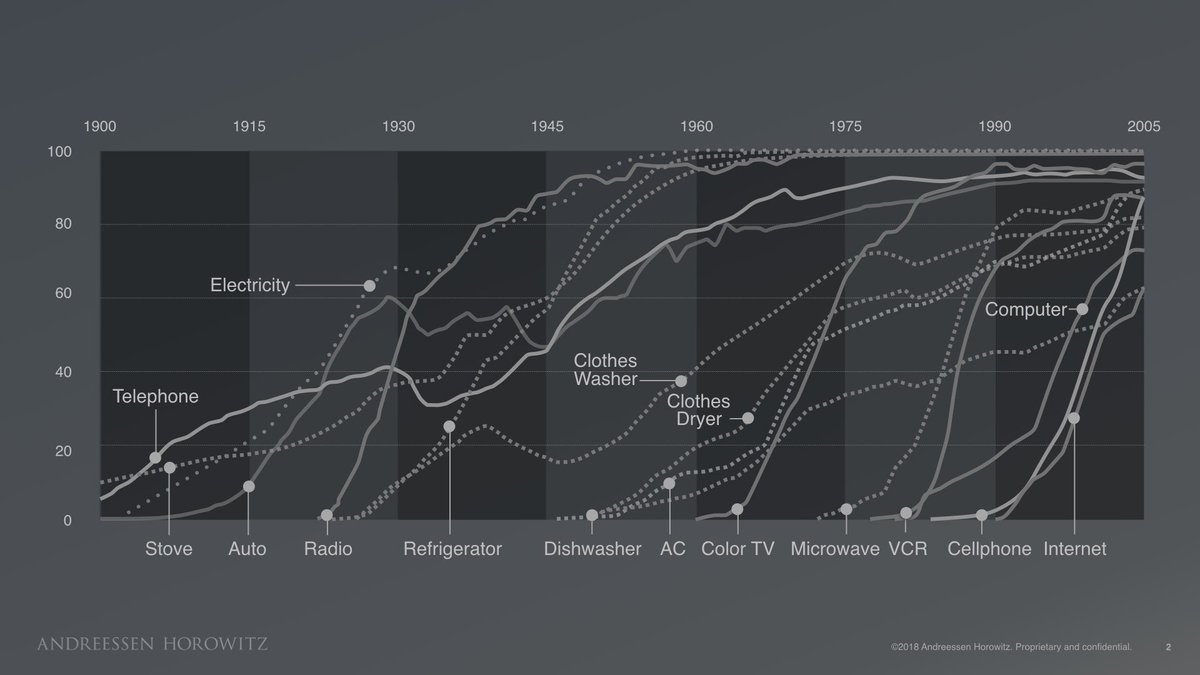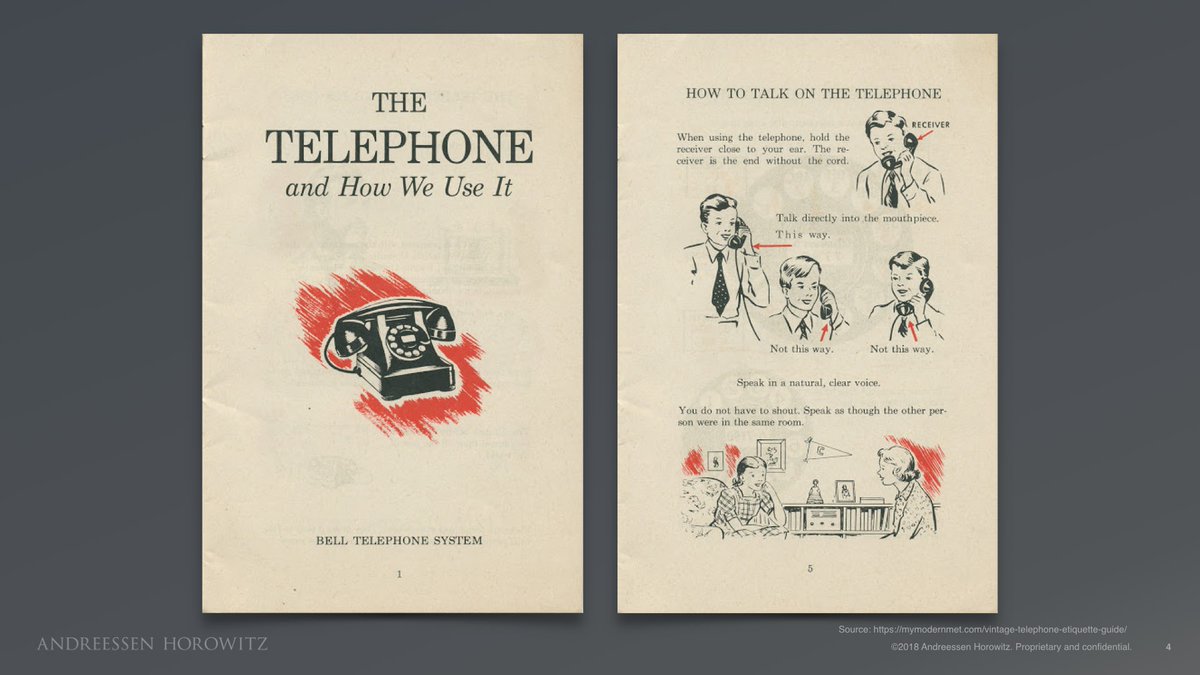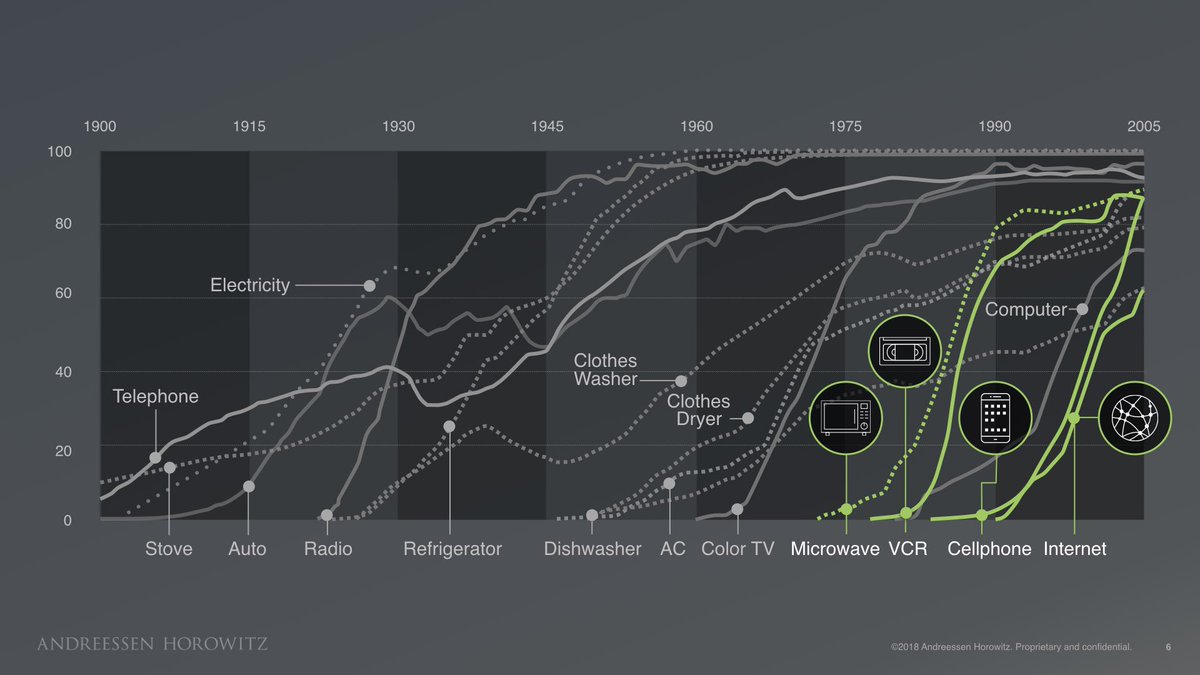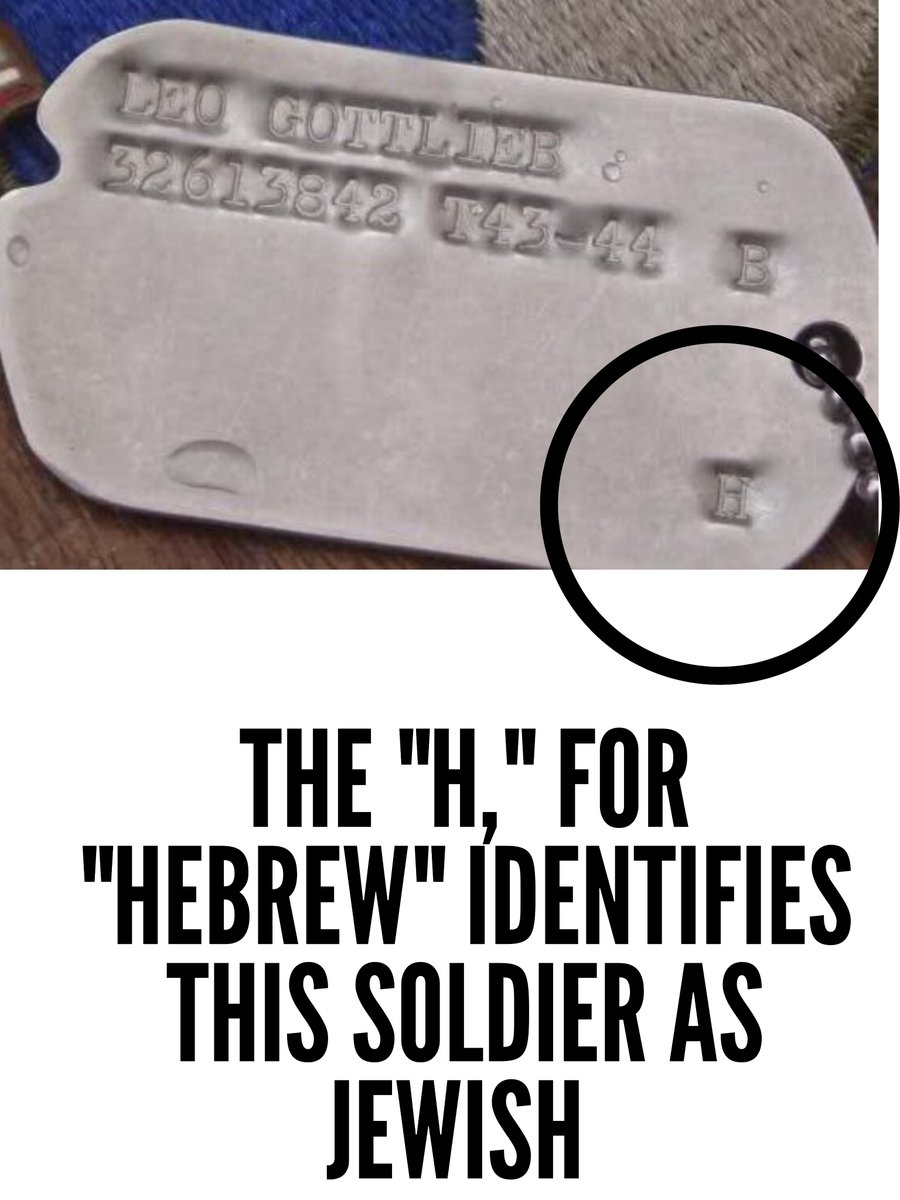#vc #startups #funding
1/ I feel like breaking some rules today. Let's get transparent and have an open discussion about management fees in VC to help other emerging managers. The standard fee structure is 2% the size of the fund every year for 10 years or the life of the fund.
#vc #startups #funding
#vc #startups #funding
#vc #startups #funding
#vc #startups #funding
#vc #startups #funding
#vc #startups #funding
#vc #startups #funding
#vc #startups #funding
#vc #startups #funding
#vc #startups #funding
#vc #startups #funding
More from Startups
💪 And we're down to the last 48 hours until the biggest live-streamed startup event hosted by @thepatwalls & @shipstreams kicks off!
With this, let's get motivated with some curated readings & posts by fellow #24hrstartup participants & indie makers. Check them out below!
✍️ Andrew Parrish wrote - "Why I'm Participating in the 24 Hour Startup Challenge".
@makersup's takeaway - Makers love possibilities, the joy of building. Any aspiring maker should experience the end of lurking on forums & reading @wip's to-dos.
Read:
👩💻 @anthilemoon created a list of @women_make_ members participating in the #24hrstartup challenge. Do let her know if she missed anyone!
More at: https://t.co/zYKVZEq8aq

😺 We can't forget one of the key platforms in shipping indie, can we, @ProductHunt?
Check out @ProductHunt's guide to launching at: https://t.co/VB6WgGx6sa.
In addition, it would be wise to prepare for the launch. Fine tune your assets and post at
🚢 Well, we definitely can't leave out the man behind all of this, @thepatwalls!
Launching isn't easy, but know what you'll be facing even before coding. Check out @thepatwalls' "words of shipping" at:
With this, let's get motivated with some curated readings & posts by fellow #24hrstartup participants & indie makers. Check them out below!
✍️ Andrew Parrish wrote - "Why I'm Participating in the 24 Hour Startup Challenge".
@makersup's takeaway - Makers love possibilities, the joy of building. Any aspiring maker should experience the end of lurking on forums & reading @wip's to-dos.
Read:
👩💻 @anthilemoon created a list of @women_make_ members participating in the #24hrstartup challenge. Do let her know if she missed anyone!
More at: https://t.co/zYKVZEq8aq

Creating a list of @women_make_ members participating in the #24hrstartup challenge this weekend \u2013 please let me know if I missed anyone! \U0001f469\u200d\U0001f4bb #womenmake pic.twitter.com/Kh7O7fKv7h
— \U0001d400\U0001d427\U0001d427\U0001d41e-\U0001d40b\U0001d41a\U0001d42e\U0001d42b\U0001d41e \U0001d40b\U0001d41e \U0001d402\U0001d42e\U0001d427\U0001d41f\U0001d41f (@anthilemoon) November 14, 2018
😺 We can't forget one of the key platforms in shipping indie, can we, @ProductHunt?
Check out @ProductHunt's guide to launching at: https://t.co/VB6WgGx6sa.
In addition, it would be wise to prepare for the launch. Fine tune your assets and post at
🚢 Well, we definitely can't leave out the man behind all of this, @thepatwalls!
Launching isn't easy, but know what you'll be facing even before coding. Check out @thepatwalls' "words of shipping" at:
You May Also Like
🌿𝑻𝒉𝒆 𝒔𝒕𝒐𝒓𝒚 𝒐𝒇 𝒂 𝑺𝒕𝒂𝒓 : 𝑫𝒉𝒓𝒖𝒗𝒂 & 𝑽𝒊𝒔𝒉𝒏𝒖
Once upon a time there was a Raja named Uttānapāda born of Svayambhuva Manu,1st man on earth.He had 2 beautiful wives - Suniti & Suruchi & two sons were born of them Dhruva & Uttama respectively.
#talesofkrishna https://t.co/E85MTPkF9W

Now Suniti was the daughter of a tribal chief while Suruchi was the daughter of a rich king. Hence Suruchi was always favored the most by Raja while Suniti was ignored. But while Suniti was gentle & kind hearted by nature Suruchi was venomous inside.
#KrishnaLeela

The story is of a time when ideally the eldest son of the king becomes the heir to the throne. Hence the sinhasan of the Raja belonged to Dhruva.This is why Suruchi who was the 2nd wife nourished poison in her heart for Dhruva as she knew her son will never get the throne.

One day when Dhruva was just 5 years old he went on to sit on his father's lap. Suruchi, the jealous queen, got enraged and shoved him away from Raja as she never wanted Raja to shower Dhruva with his fatherly affection.

Dhruva protested questioning his step mother "why can't i sit on my own father's lap?" A furious Suruchi berated him saying "only God can allow him that privilege. Go ask him"

Once upon a time there was a Raja named Uttānapāda born of Svayambhuva Manu,1st man on earth.He had 2 beautiful wives - Suniti & Suruchi & two sons were born of them Dhruva & Uttama respectively.
#talesofkrishna https://t.co/E85MTPkF9W

Prabhu says i reside in the heart of my bhakt.
— Right Singh (@rightwingchora) December 21, 2020
Guess the event. pic.twitter.com/yFUmbfe5KL
Now Suniti was the daughter of a tribal chief while Suruchi was the daughter of a rich king. Hence Suruchi was always favored the most by Raja while Suniti was ignored. But while Suniti was gentle & kind hearted by nature Suruchi was venomous inside.
#KrishnaLeela

The story is of a time when ideally the eldest son of the king becomes the heir to the throne. Hence the sinhasan of the Raja belonged to Dhruva.This is why Suruchi who was the 2nd wife nourished poison in her heart for Dhruva as she knew her son will never get the throne.

One day when Dhruva was just 5 years old he went on to sit on his father's lap. Suruchi, the jealous queen, got enraged and shoved him away from Raja as she never wanted Raja to shower Dhruva with his fatherly affection.

Dhruva protested questioning his step mother "why can't i sit on my own father's lap?" A furious Suruchi berated him saying "only God can allow him that privilege. Go ask him"





